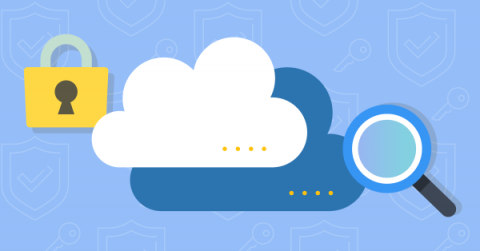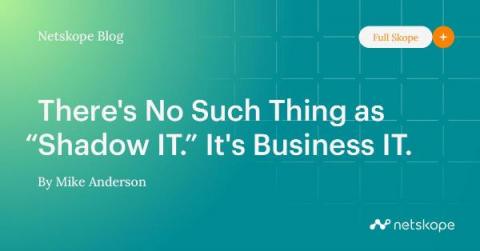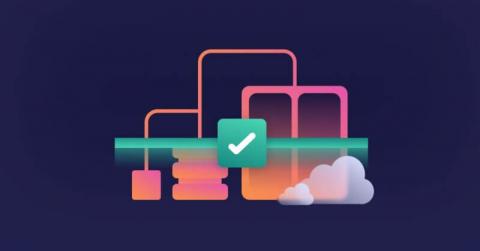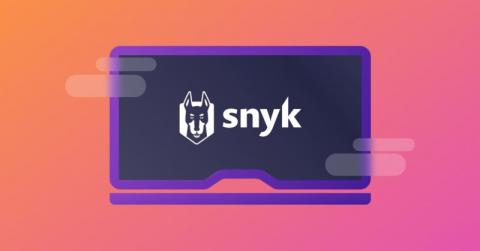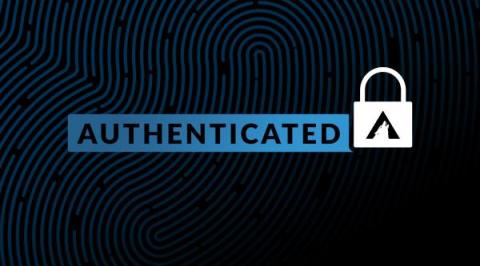Security | Threat Detection | Cyberattacks | DevSecOps | Compliance
Latest News
What You Need to Know About Linux Auditing
None of us want to look into a production audit system, as this most likely happens after a security breach or a security incident. Over the years, people have come up with many ideas to see what applications are doing. Almost all databases keep event logs to prevent data loss. Systems such as Kubernetes generate events for every action, and applications that probably run in your production also implement some structured logging for the same reason. But what can we do if all of that is not enough?
Rethinking security roles and organizational structure for the cloud
As more and more applications and application development move to the cloud, traditional security roles and organizational structures are being shaken up. Why is that and what are the benefits of a cloud-first approach for business?
There's No Such Thing as "Shadow IT." It's Business IT.
How does an application find its way into a company? In most cases today, people don’t start by searching through their organization’s catalog of approved applications.
OPA vs. XACML: Which Is Better for Authorization?
Modern microservices applications built using containers are complex — often requiring complex authorization solutions, due to the sheer number of access possibilities involved. Indeed, as IT infrastructure has migrated to the cloud, along with the applications running on it, security and privacy concerns have only increased. As microservice applications became ubiquitous, open-source authorization tools have come to the fore for many organizations.
Securing container applications using the Snyk CLI
When scanning an image you probably want to scan for both operating system vulnerabilities and vulnerabilities in the application dependencies (like npm, pom.xml, package.json etc), in order to get a full picture of the security issues within your images. Until now, when using the Snyk Container test/monitor commands to scan images you had to specify the --app-vulns flag in order to scan for application vulnerabilities.
How to build a Slack bot with Zapier and JavaScript to fetch trending topics on Reddit
Reddit is a good place to stay in the loop when it comes to web development news, and if you’re like me, you probably follow subreddits like r/node or r/javascript. I recently found a great way to build a Zapier Reddit integration with just my JavaScript knowledge — so I can share those trending Reddit posts in my team’s channel. In this article you’ll learn.
Protecting K-12 Student Data and Complying With Privacy Standards Requires a Comprehensive Security Solution
The education systems, including K-12 school institutions, are in the crosshairs of increasingly frequent and sophisticated cyberattacks. In just one month of 2021, educational organizations suffered more than 5.8 million malware incidents. Teachers, administrators and students are also targets as they use various devices such as laptops and smartphones to browse social media or send messages with friends and family.
Authenticated: Cybersecurity at the Speed of Data
CVE-2021-38297 - Analysis of a Go Web Assembly vulnerability
The JFrog Security Research team continuously monitors reported vulnerabilities in open-source software (OSS) to help our customers and the wider community be aware of potential software supply chain security threats and their impact. In doing so, we often notice important trends and key learnings worth highlighting.




